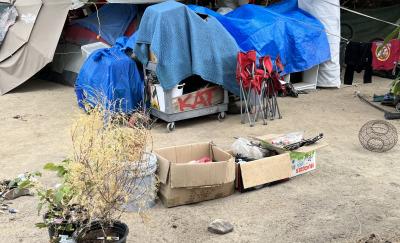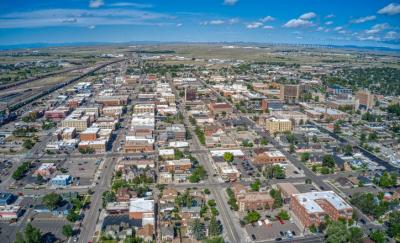Historically, private investment in housing, retail, and community facilities in the U.S. has not been distributed equitably. Compared to wealthier areas, low- to moderate-income neighborhoods often find it difficult to secure investment, despite their need for development to support thriving communities. This imbalance contributes to growing disparities between neighborhoods over time. Attracting public funding to these areas is important to bridge market gaps, increase economic development and opportunity and ensure equitable community development.
Recent public investments (e.g., the Infrastructure Investment and Jobs Act of 2021, the Creating Helpful Incentives to Produce Semiconductors (CHIPS) and Science Act of 2022, and the Inflation Reduction Act of 2022) provide a once-in-a-generation influx of funds that can be channeled to support equitable development. This report reviews promising practices for attracting and deploying public investment from three successful JPMorgan Chase PRO Neighborhoods collaboratives – Equitable Wilmington, Opportunity CLE Neighborhoods, and Purple Line Equitable Transit-Oriented Development. Those practices include:
- Develop a strong understanding of local needs.
- In funding applications, demonstrate capacity and potential to advance equitable development.
- Build the capacity of grassroots partners and other players in the development ecosystem.
- Build relationships with public stakeholders to increase awareness of local needs and capacity.
Learn more about the project.



